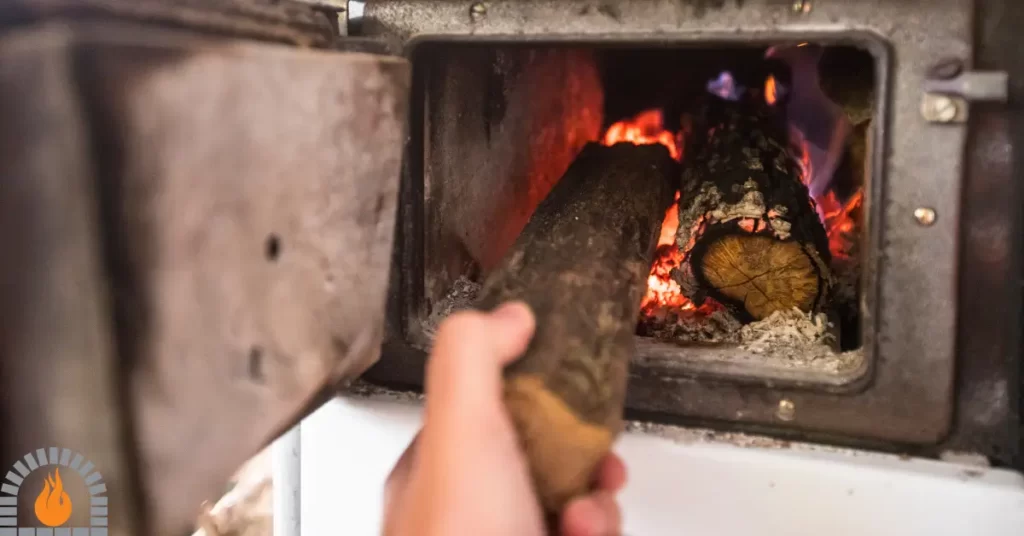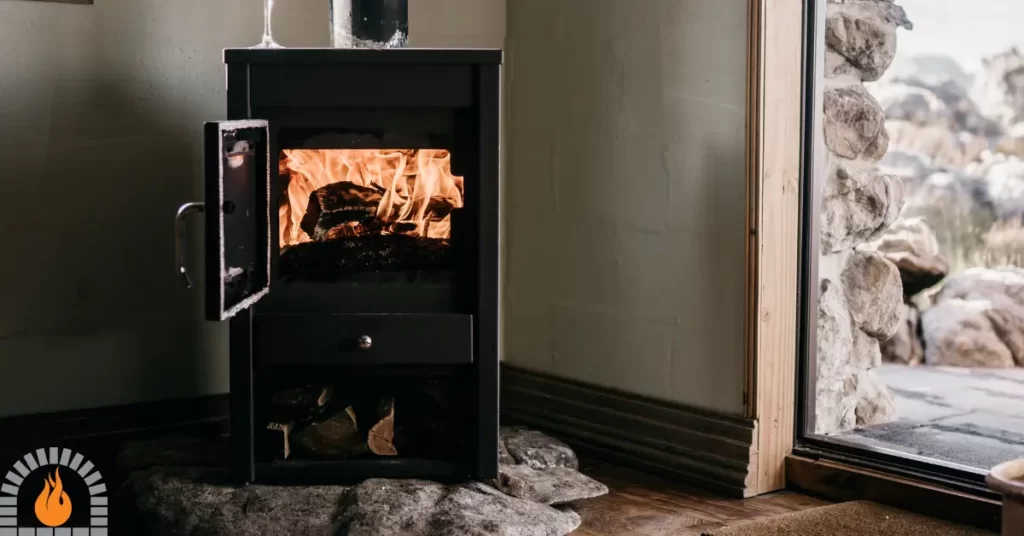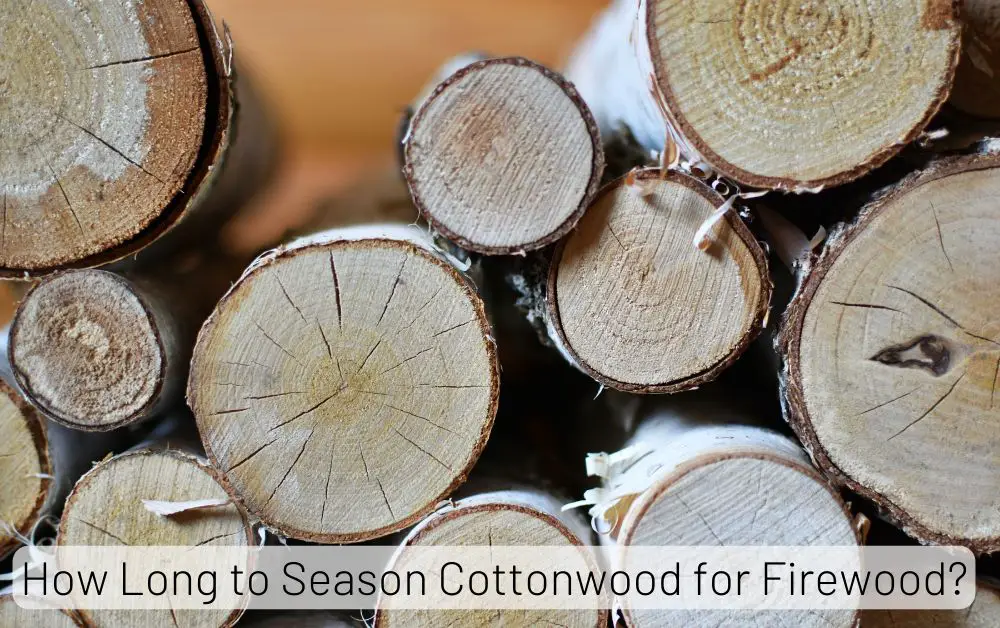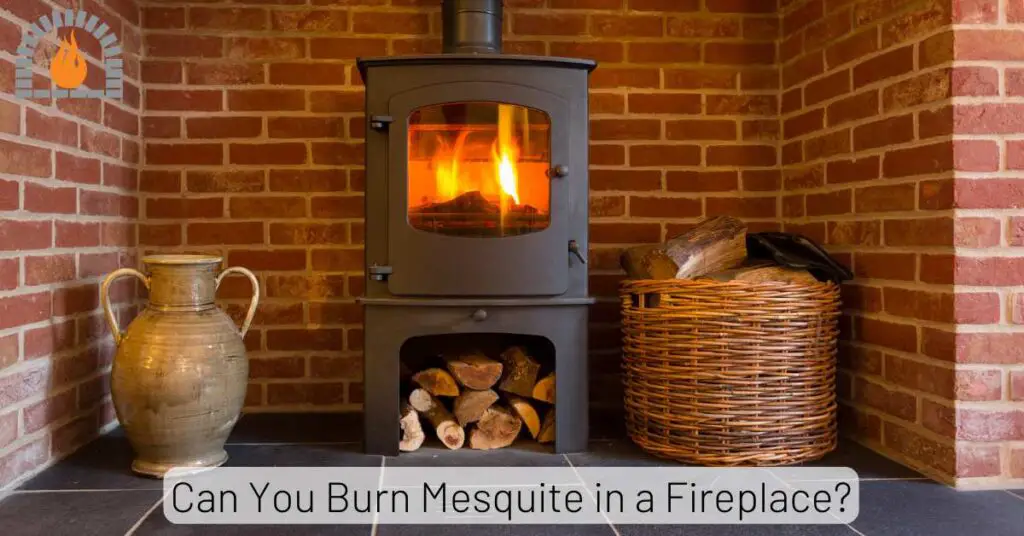When selecting firewood for your fireplace or wood-burning stove, the choices can be overwhelming. One often overlooked but versatile option is poplar. Spanning across North America, Europe, and Asia, poplar trees distinguish themselves with their rapid growth and unique grayish bark. But the question remains: Is poplar good firewood?
Overview
Poplar is not an ideal firewood. Poplar is a relatively soft wood, and it burns quickly. It has a lower energy content compared to hardwoods like oak or maple, which means it produces less heat per unit of volume.
| Property | Poplar Wood |
|---|---|
| BTU (British Thermal Units) | 13.7 million BTUs Moderate (Lower than hardwoods) |
| Sparking Nature | Low |
| Smoking Nature | Moderate |
| Ease of Splitting | Easy |
| Importance of Seasoning | High |
| Suitability for Winter | Fair (Better for milder temperatures) |
| Suitability for Summer | Good |
Is Poplar Good Firewood?
Yes, poplar can be used as firewood, but there are better choices for several reasons. Poplar is a relatively soft wood, and it burns quickly. It has a lower energy content than hardwoods like oak or maple, producing less heat per unit of volume. Poplar tends to create more creosote when burned, leading to increased chimney maintenance and the risk of fires.
If you’re using poplar as firewood, it’s advisable to mix it with more brutal, denser woods to improve the overall quality of the firewood. Hardwoods generally burn hotter and longer than softwoods, providing a more efficient and sustained heat source.
Always ensure that your firewood is properly seasoned (dried) before use to minimize the production of smoke and creosote.
Popular hardwoods for firewood include oak, maple, hickory, and beech. These woods have higher energy content, burn more slowly, and produce less creosote, making them better choices for heating.

Pros of Poplar Wood as Firewood
-
Readily Available: Poplar trees are widespread, making poplar wood easily accessible for many people.
-
Easy to Split: Poplar is a relatively soft wood, making it easy to split into smaller pieces for firewood.
-
Quick to Season: Poplar tends to dry relatively quickly, making it suitable for those who need firewood that can be seasoned in a shorter time.
-
Low Sparking: Poplar has a low tendency to produce sparks during combustion, contributing to a safer fire.
-
Lightweight: Poplar wood is lighter than many hardwoods, making it easier to handle and transport.
Cons of Poplar Wood as Firewood
-
Lower BTU Content: Poplar has a lower energy content (BTU) than hardwoods, meaning it produces less heat per unit of volume.
-
Burns Quickly: Due to its lower density, poplar tends to burn more quickly than hardwoods, requiring more frequent replenishment in the fire.
-
More Creosote Production: Poplar can produce more creosote when burned, which increases the risk of chimney buildup and potential fire hazards. Regular chimney maintenance is crucial.
-
Less Sustained Heat: The lower energy content results in less sustained heat output than hardwoods, which may not be ideal for prolonged or extremely cold periods.
-
Not Ideal for Harsh Winters: While it can be used for heating, poplar may not be the best choice for extremely cold winters due to its lower heat output and faster burn rate.
-
Smoking Nature: Poplar wood can produce moderate amounts of smoke, which may be undesirable for those who want a cleaner burn.
Is Poplar A Hardwood?
Poplar is technically classified as a hardwood, but it is a relatively soft hardwood compared to others in the category. Hardwoods are typically deciduous trees that produce seeds with some sort of covering, such as a fruit or a nut. Poplar trees belong to the genus Populus and are deciduous hardwoods.
However, when people refer to hardwoods as “hard,” they often talk about the wood’s density. In this sense, poplar is considered a soft hardwood. It is lighter and less dense than other hardwoods like oak or maple.
Despite its softer nature, poplar is still used in various applications, including furniture, cabinetry, and woodworking, especially for projects where lightweight wood is desirable.
Poplar Firewood Creosote Nature
When burned, poplar tends to produce more creosote than some other hardwoods because poplar has a higher moisture content and contains certain resins that contribute to creosote formation.
Creosote buildup in chimneys can lead to chimney fires, which can be dangerous.
If you choose to burn poplar, taking precautions to minimize creosote buildup is essential. Ensure the wood is well-seasoned (has been allowed to dry correctly), use a hot and efficient fire to reduce moisture content during burning, and have your chimney regularly inspected and cleaned by a professional.

Poplar Firewood Seasoning
Seasoning poplar firewood is crucial to enhance its burn efficiency and reduce the risk of creosote buildup. Poplar has a higher moisture content than some hardwoods, so proper seasoning is essential.
Here are steps to season poplar firewood effectively:
- Cutting and Splitting:
- Cut poplar logs to the desired length for your fireplace or wood stove.
- Split the logs to expose more surface area, allowing for quicker drying.
- Stacking:
- Create a woodpile in an open, well-ventilated area, preferably with sunlight and airflow.
- Elevate the wood off the ground using pallets or similar structures to prevent ground moisture absorption.
- Covering:
- Cover the top of the woodpile with a tarp or roof to shield it from rain or snow while allowing air circulation around the sides.
- Check Moisture Content:
- Use a moisture meter to ensure the wood’s moisture content is below 20%. Well-seasoned firewood burns more efficiently and produces less creosote.
- Store Properly:
- Once seasoned, store the firewood in a dry place to maintain its low moisture content until ready for use.
Related Post: Can You Burn Almond Wood in Fireplace?
FAQs
Is Tulip Poplar Good Firewood?
Tulip poplar is not considered ideal for firewood. While it burns, it has a lower heat value than hardwoods like oak or hickory. It produces more creosote, increasing the risk of chimney fires. Its high moisture content can also make igniting and sustaining a clean-burning fire challenging.
Is Black Poplar Good For Firewood?
Black poplar is generally not recommended for firewood. It has a lower energy and higher moisture content, making it less efficient for producing heat. The wood can be complicated to split and tends to burn quickly, requiring more frequent reloading.
Like other softwoods, black poplar may produce more creosote, posing a chimney fire hazard.
Is Hybrid Poplar Good Firewood?
Hybrid poplar can be used as firewood, but better choices may exist. Like other poplar varieties, it has a lower energy and higher moisture content than hardwoods. While it burns, it may not provide the same heat and long-lasting flames as denser hardwoods.
As with other softwoods, there may be concerns about increased creosote production, necessitating regular chimney maintenance.
Final Thoughts: Is Poplar Good Firewood?
In conclusion, Poplar can be a viable firewood option under the right circumstances. Its quick ignition and ease of burning make it suitable for specific heating needs. However, users must be mindful of its lower heat output and ensure proper seasoning for optimal performance.
Individuals can decide whether Poplar aligns with their specific requirements by weighing the pros and cons.
Firewood choice depends on various factors, including personal preferences, heating appliance specifications, and environmental considerations.
Affiliate Disclosure: Fireplaceadviser.com is a participant in the Amazon Services LLC Associates Program. We may earn a commission when you click on certain links on this site and purchase.

Hello!! I am Jamal Khan. I often fix my home electric heaters and gas stove problems and research the common issues in the heating units to improve my knowledge and expertise. The aim of establishing fireplaceadviser.com is to share my expertise and knowledge with my audience.


















